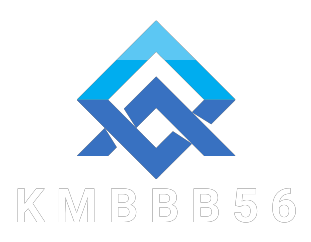Sandblasting is a transformative technique that has been utilized across various industries for decades. From removing layers of paint to creating intricate designs on glass, sandblasting is a versatile method that allows for precise surface modification. By propelling fine grains of sand or other abrasive materials at high speeds, this process can rejuvenate worn surfaces or add a unique finish to different materials.
The art of sandblasting lies in its ability to carefully control the intensity and direction of the abrasive stream, allowing for precise detailing and uniform texture. Whether it is revitalizing metal surfaces in the automotive industry or etching intricate patterns on granite monuments, the precision of sandblasting enables craftsmen to achieve a wide range of desired effects.
The History of Sandblasting
Sandblasting has a rich history dating back to the late 1800s when it was first introduced as a method to clean and etch surfaces. The technique evolved rapidly in the early 1900s with the discovery of abrasive materials like silica sand, which significantly improved the efficiency of the process. Sandblasting soon became a popular method for removing rust, paint, and other surface contaminants from various materials.
By the mid-20th century, sandblasting had emerged as a versatile surface treatment technique used in industries such as automotive, construction, and manufacturing. Innovations in equipment design and abrasive materials continued to enhance the precision and effectiveness of sandblasting. The ability to control the pressure and composition of the abrasive material led to a wider range of applications, from creating intricate designs on glass to preparing metal surfaces for coating.
Today, sandblasting has become an essential process in industries like aerospace, marine, and restoration, where precision and quality are paramount. Modern advancements in technology have further refined the technique, making it safer, more environmentally friendly, and capable of achieving highly detailed surface finishes. Sandblasting continues to be a preferred method for transforming surfaces with precision and efficiency in various industries.
Techniques and Applications
Sandblasting involves the propelling of abrasive materials at high speeds to etch or clean surfaces. This technique is commonly used in industrial settings to remove rust, paint, and other residues from metal surfaces. It is also employed in the art world to create intricate designs on glass, wood, and stone.
One of the key applications of sandblasting is in the preparation of surfaces for coating. By roughening the surface through abrasion, sandblasting enables better adhesion of paints, coatings, and adhesives. This results in a longer-lasting finish that is less prone to chipping or peeling.
In addition to surface preparation, sandblasting is also used for decorative purposes. Artisans and craftsmen utilize this technique to engrave patterns and designs on various materials. By adjusting the pressure and type of abrasive material used, they can achieve a wide range of textures and depths to create stunning visual effects.
Safety Precautions
It is essential to prioritize safety when engaging in sandblasting activities. Protective gear like goggles, gloves, and a proper breathing apparatus should always be worn to shield oneself from potential harm. Additionally, ensuring that the sandblasting area is well-ventilated can help minimize the risk of inhaling hazardous particles.
Before starting any sandblasting project, it is crucial to carefully inspect the equipment for any signs of wear or damage. sandblasting Cheshire should be conducted to guarantee that the machinery is functioning correctly and that there are no leaks or other safety hazards present.
Furthermore, creating a designated work area for sandblasting can help contain the abrasive materials and reduce the risk of injury to bystanders. It is advisable to keep the workspace organized and free from clutter to enhance safety and efficiency during the sandblasting process.
